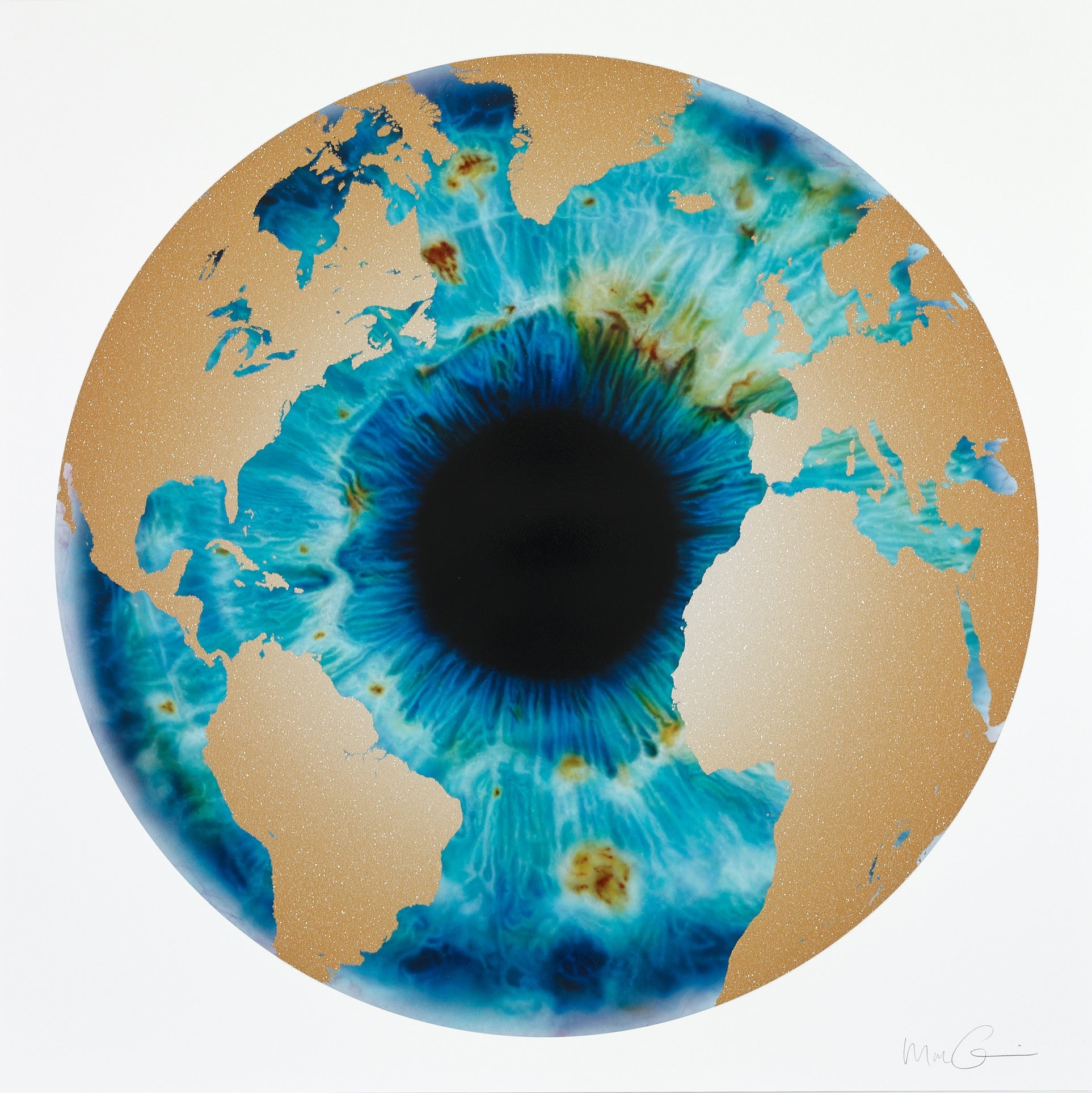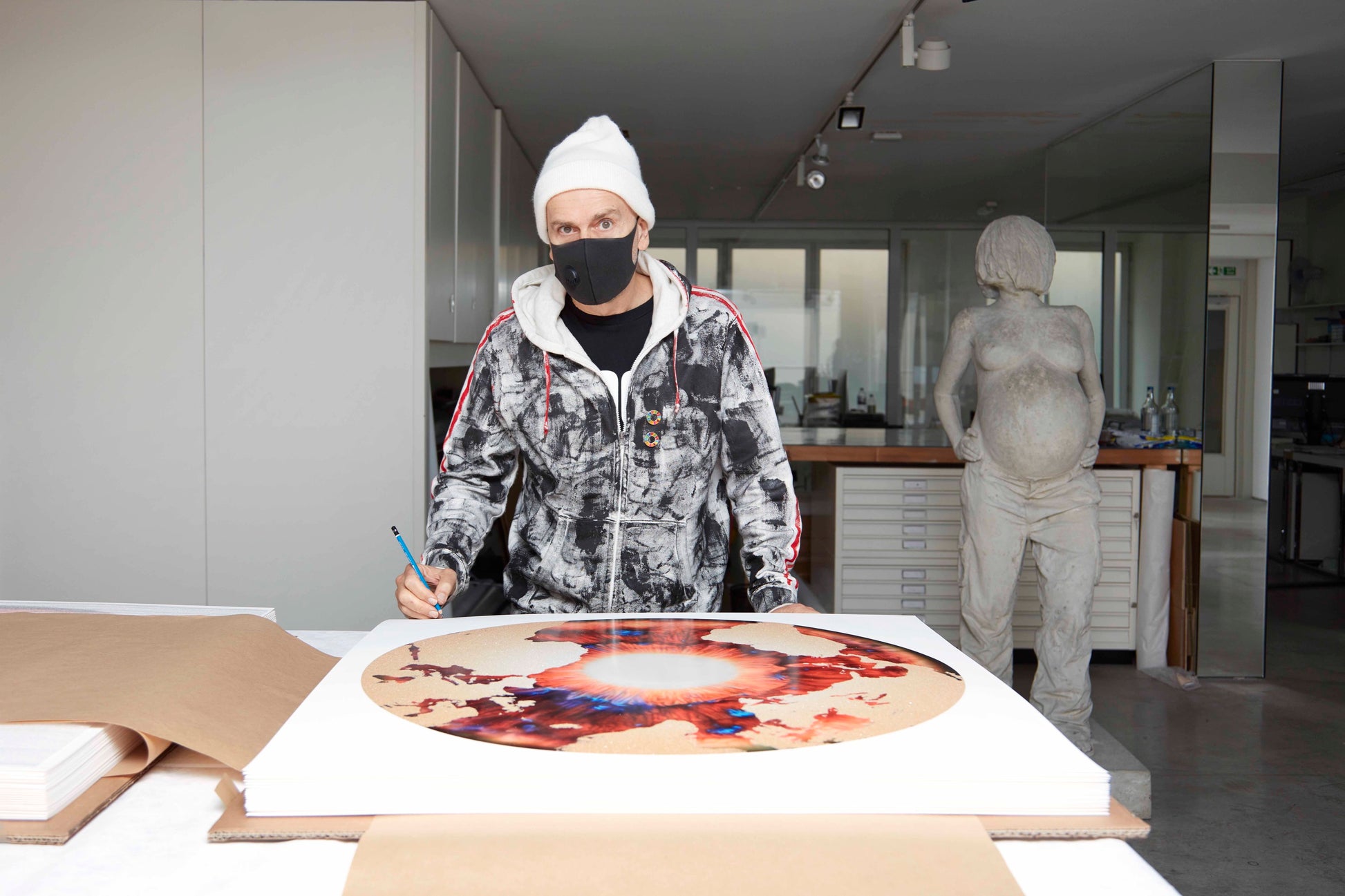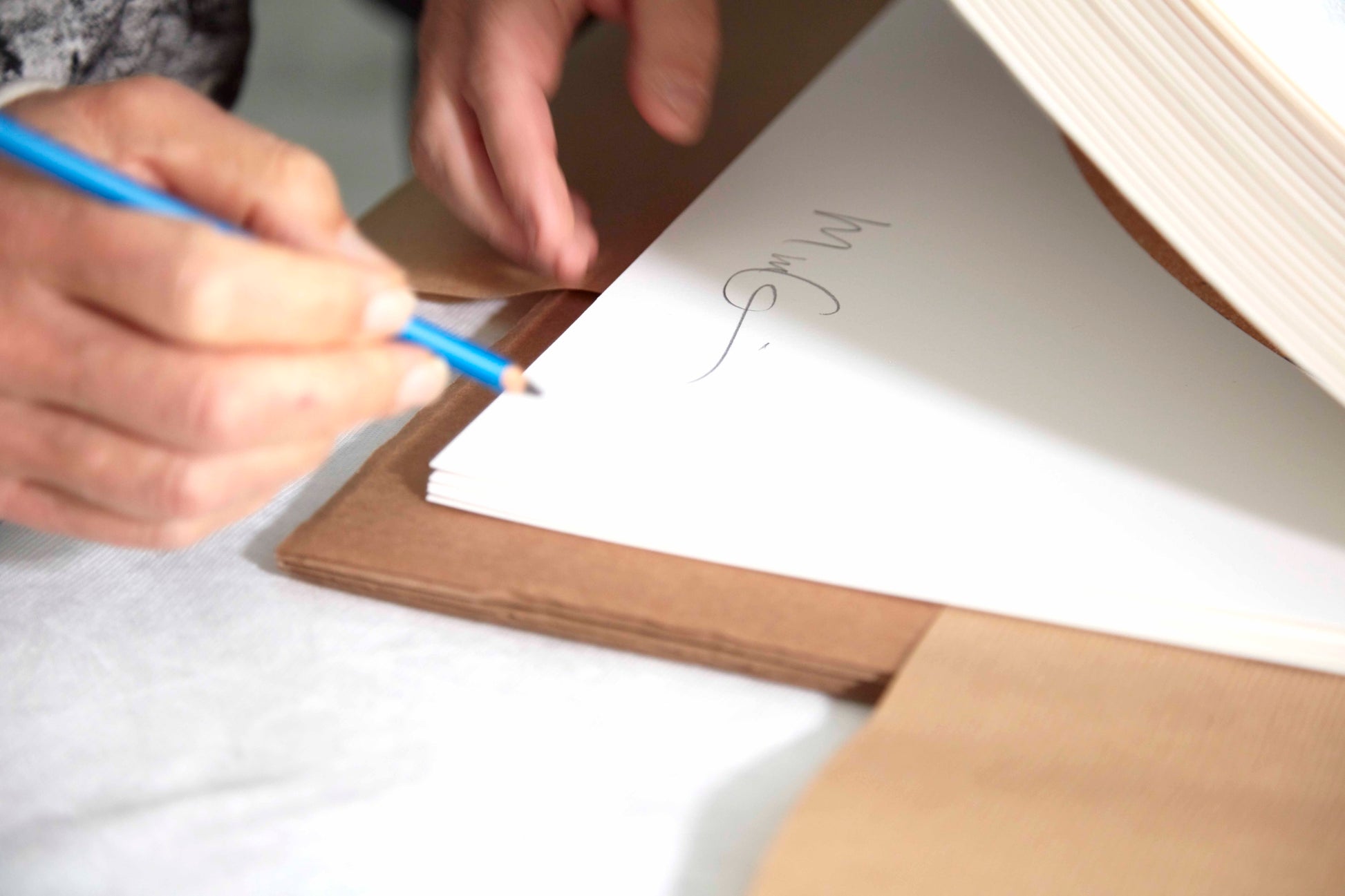Marc Quinn
Geography New
Geography New
Couldn't load pickup availability
2020
850 x 850 mm
Edition of 50
Hand signed and numbered on the back
Pigment print with screen-print and diamond dust
Geography and New Geography are the latest in Marc Quinn’s ongoing Iris series. Quinn says, “These new pieces are inspired by Ortelius’ classical idea that ‘geography is the eye of history’. It’s a fundamental truth in the world, which we are feeling now more than ever given that we are spending more time in our cities, countries and homes. I hope these editions present an optimistic worldview, that no matter how bad things are now, it will pass. New Geography is a presentation of hope for the future. The pieces are a representation of a current world and an optimistic vision for the future, and what we hope the future will be like.”
Shipping
Shipping
Costs of shipping calculated at checkout.
The editions are produced in and shipped from the UK.
Delivery fees and custom duties are the responsibility of the customer.
Delivery time 2-3 weeks for unframed variants and 4-5 weeks for framed variants.
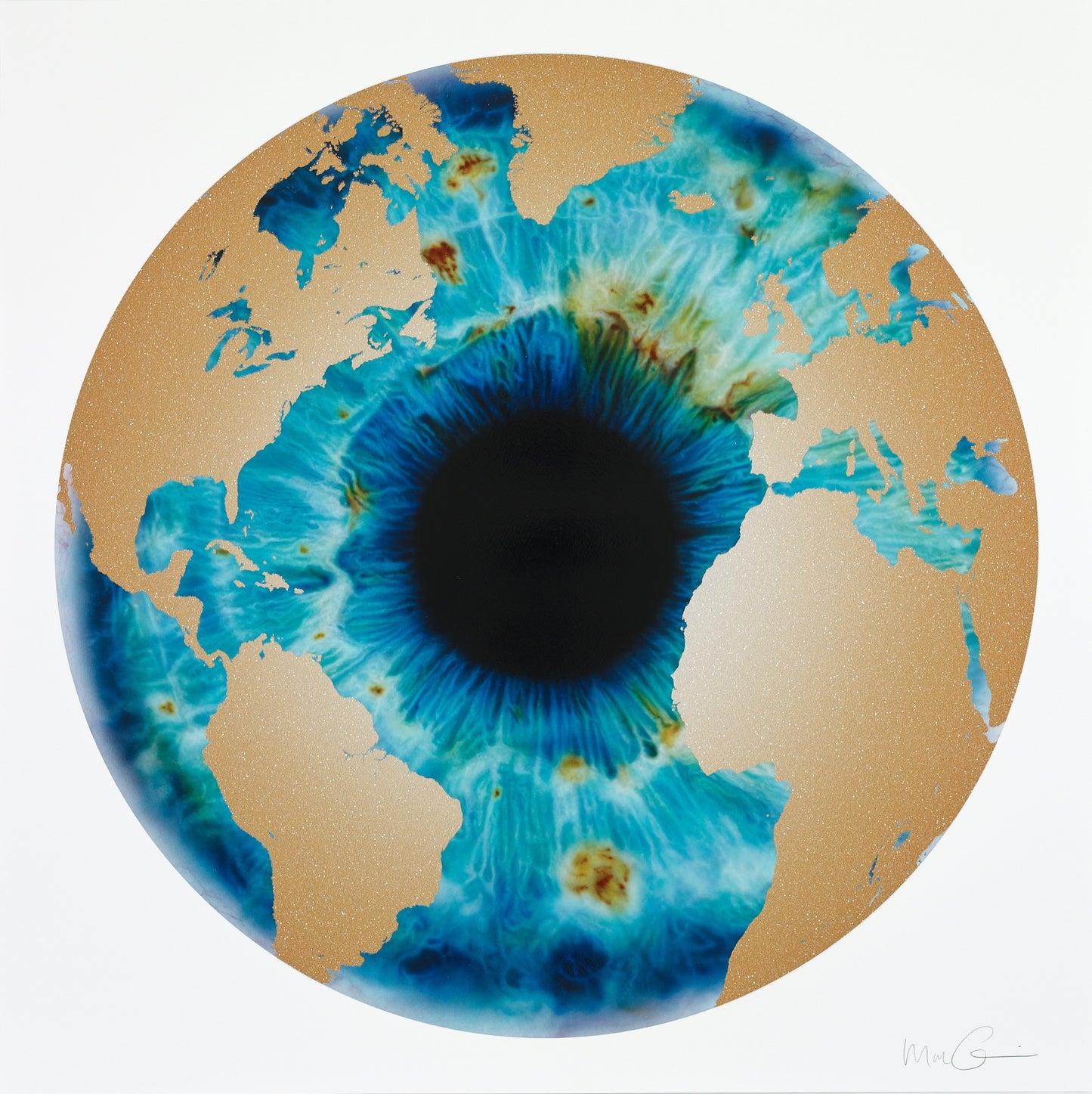
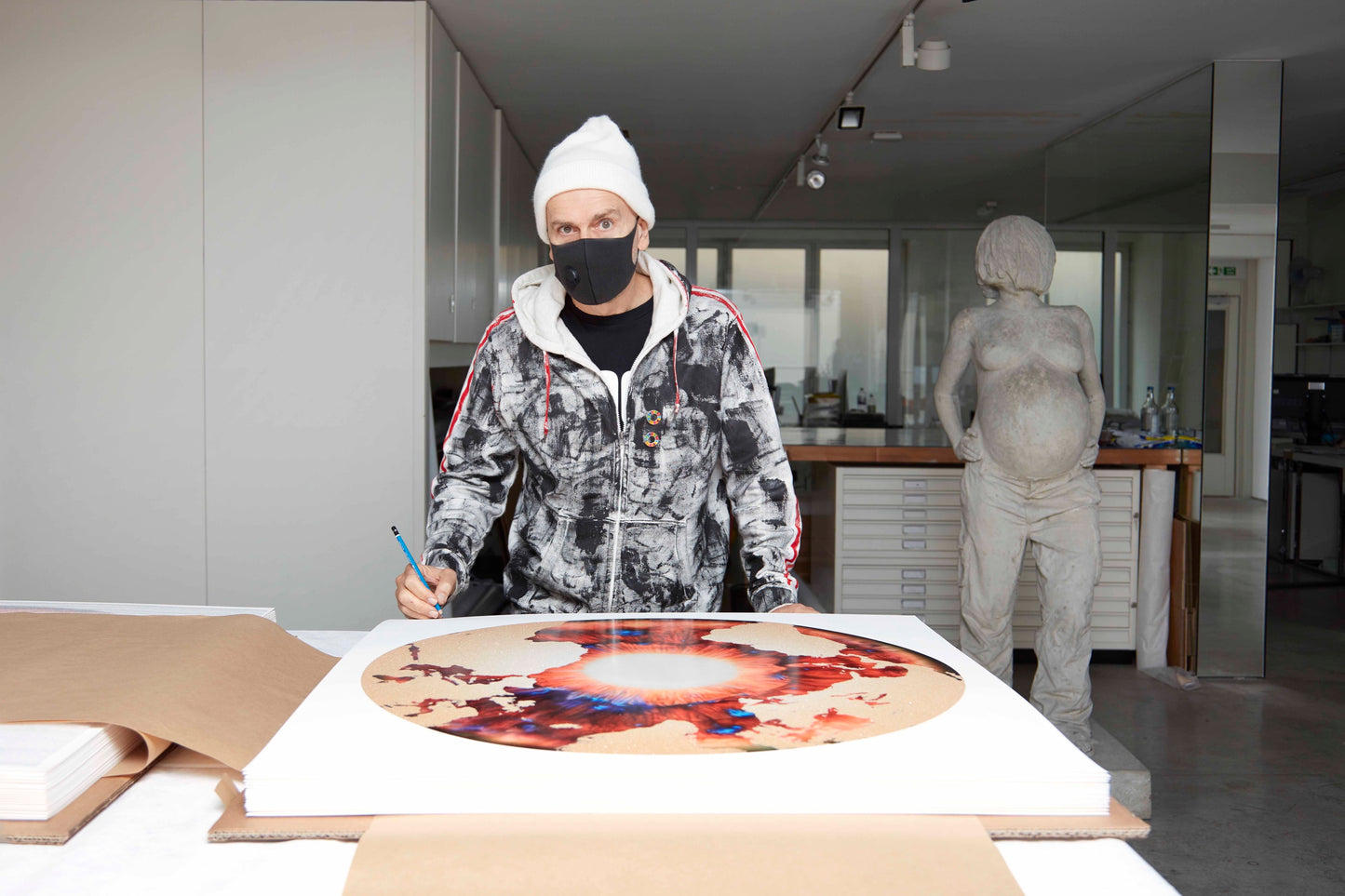
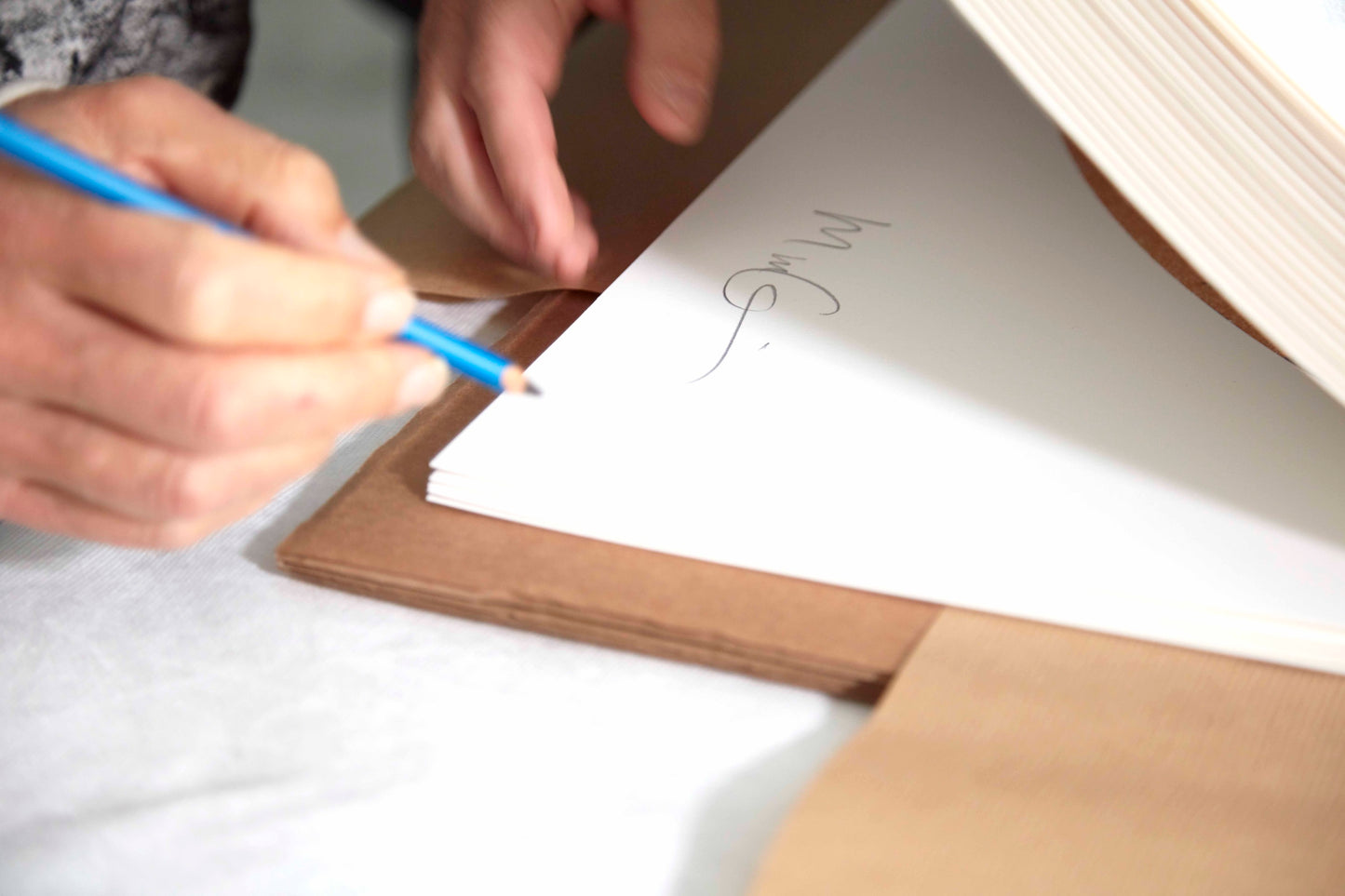
Iris Works
The Iris paintings reflect the fact that, in the age of the internet, the visual sense dominates our perception of the world. The eye is traditionally seen as a mirror of the soul but it is also a kind of microscopic map of an individual's identity, since each person's is unique. In these works, Quinn depicts an iris at close range, in a photorealist, non-expressive way on a round canvas. The eye is enlarged so that it appears virtually abstract and the pupil appears like a aperture or hole in the centre of a fine, detailed network of colourful lines. Quinn was interested in the idea of making ‘stealth’ portraits of people, at once universal and unique, and not just an image of the sitter, but an actual visual index of their identity.
The artist observes: "The etymology of 'iris' is derived from the Greek word for 'rainbow'. And in the colours, even in quite subtle, dark colours, there is a kind of celebration of individuality." Furthermore, "in the middle you have that black hole of the pupil [and] all of the mystery and uncertainty of life. It’s a very profound expression of the ambiguity which is at the heart of our existence. "Also of interest about the eye is its position as the only internal organ you can see from the outside, as Quinn remarks: "The iris is in a way our doorway to the world, it is the window we see out of and the doorway for light to enter and interact with our nervous system. They are like a leakage of the vivid interior world of the body to the monochrome world of the skin."
In the works Map of Where You Can't See the Stars and Eye of History, Quinn has added a world map over the image of the eye. These works comment on the paranoid world we live in, and the notion of 24 hour news where the whole world is connected through ever-present media and syncopate this with notions of our eroding and changing geographical world. They present images of the world map from various perspectives – such as the Arctic – displaying how the boundaries of experience and geographical territory as we know them are rapidly changing.

